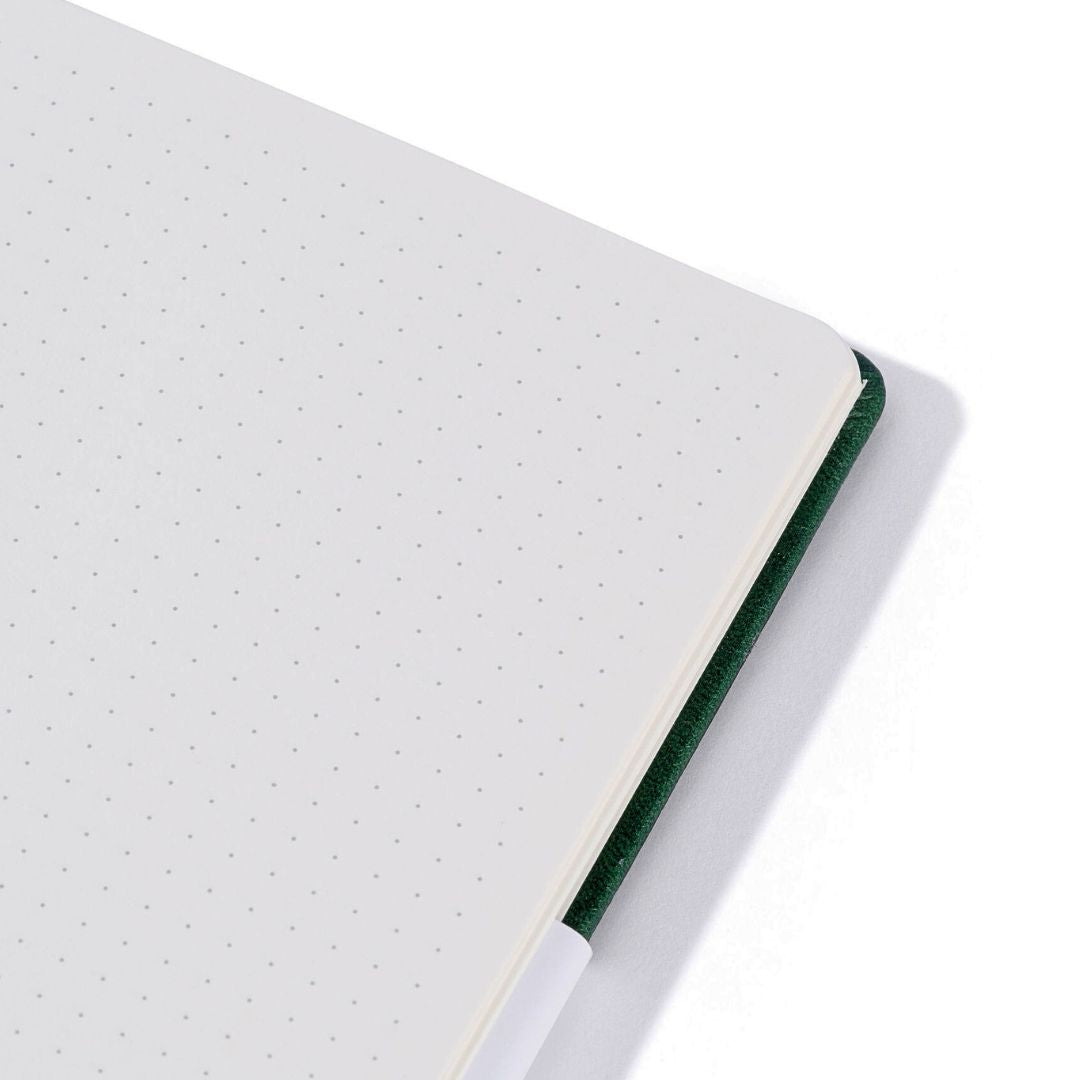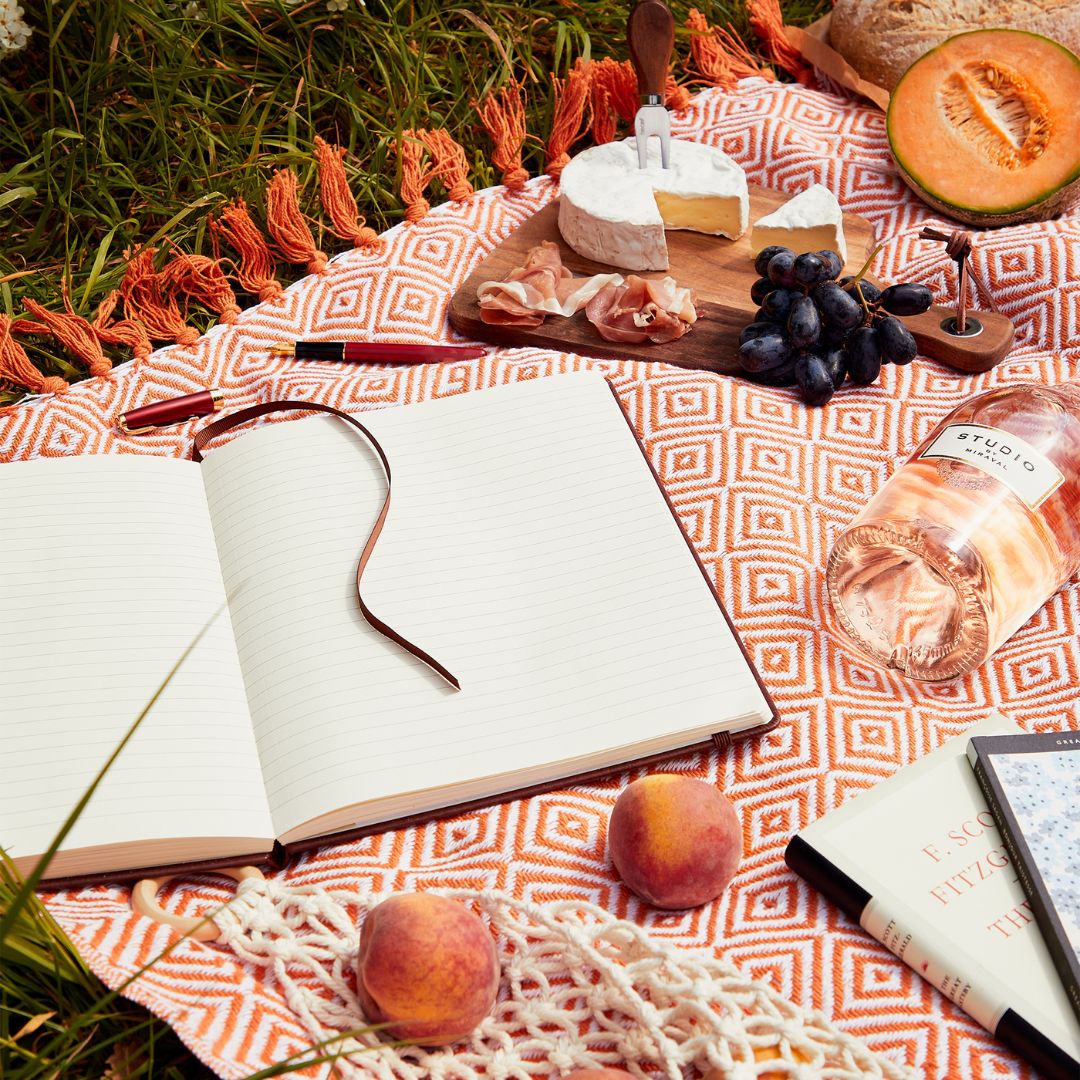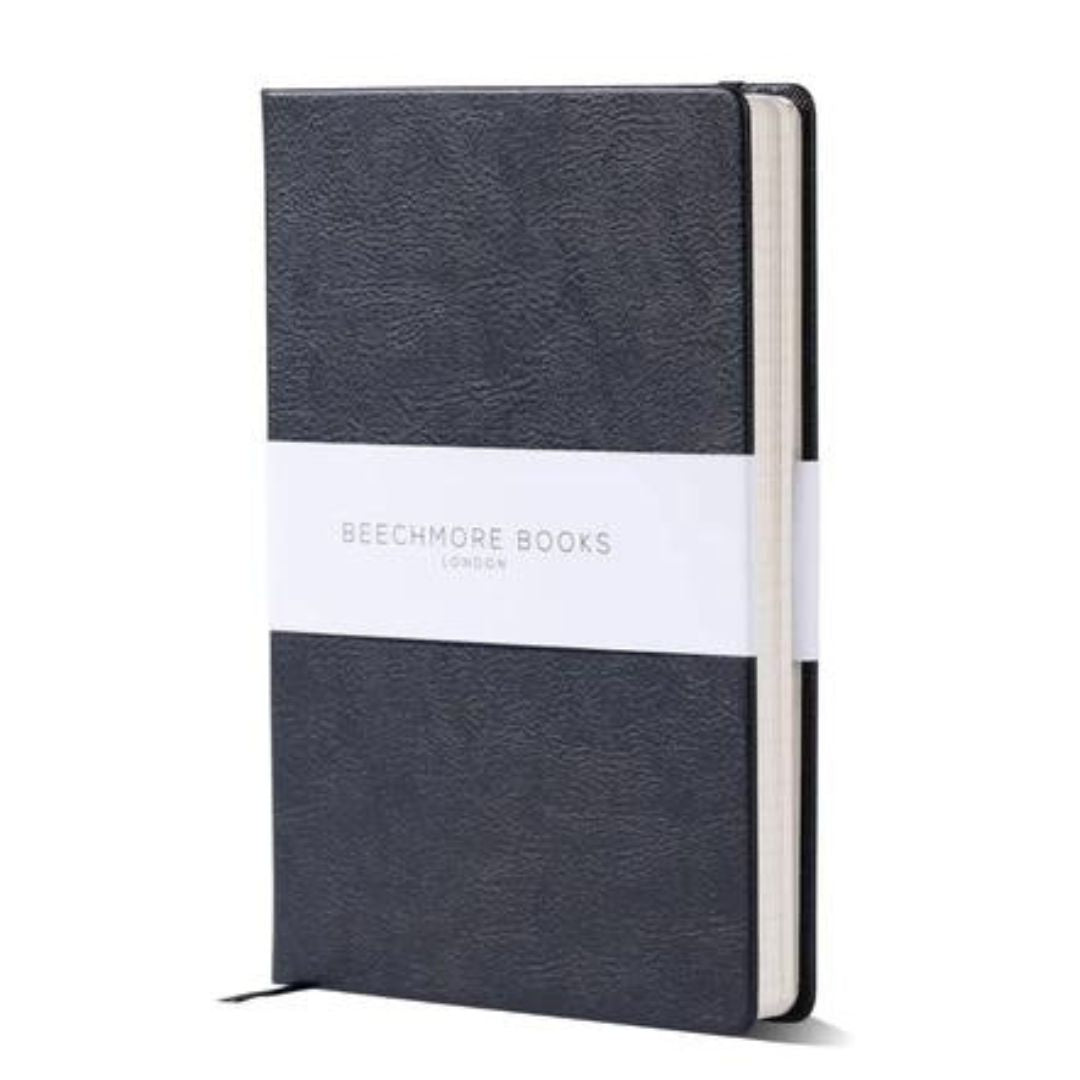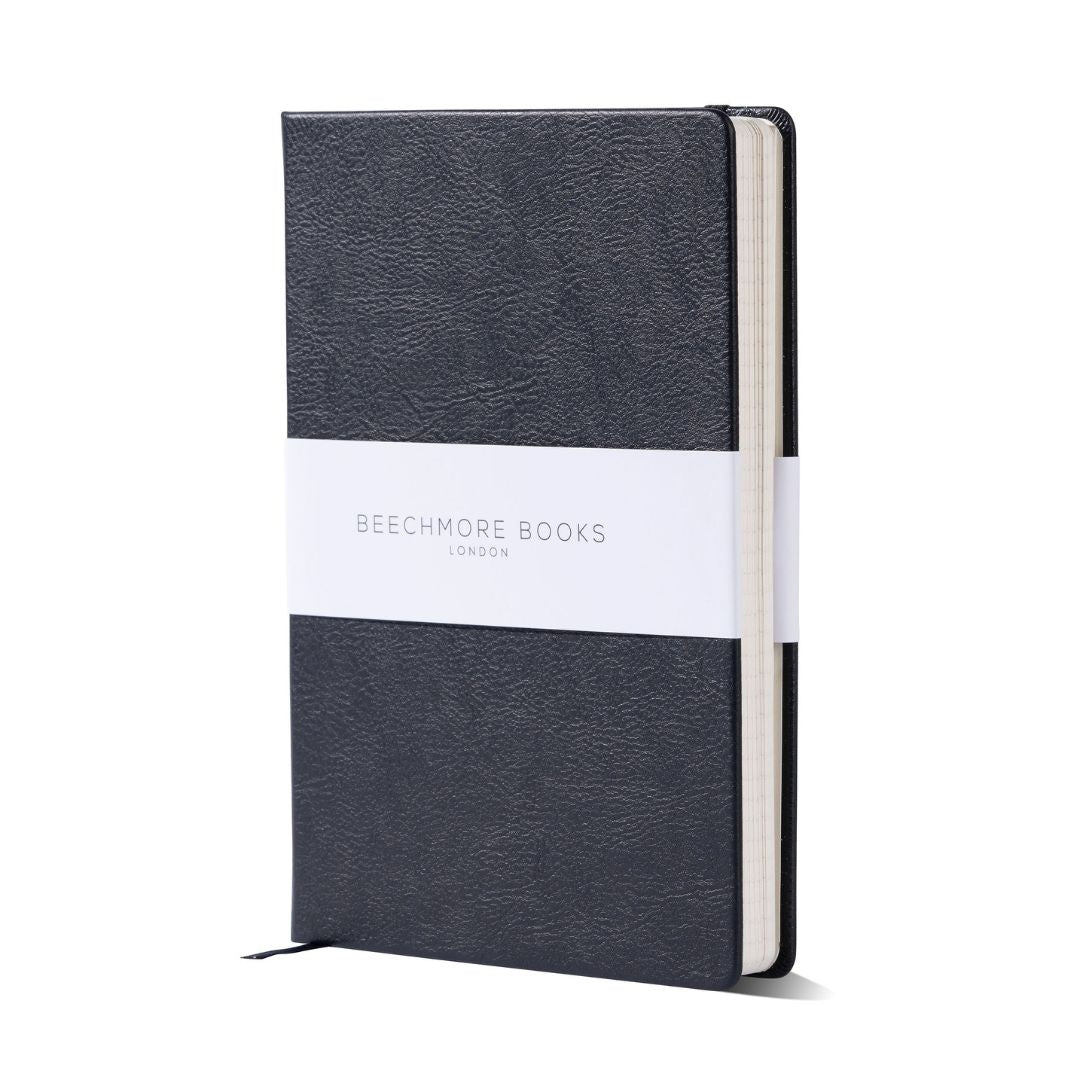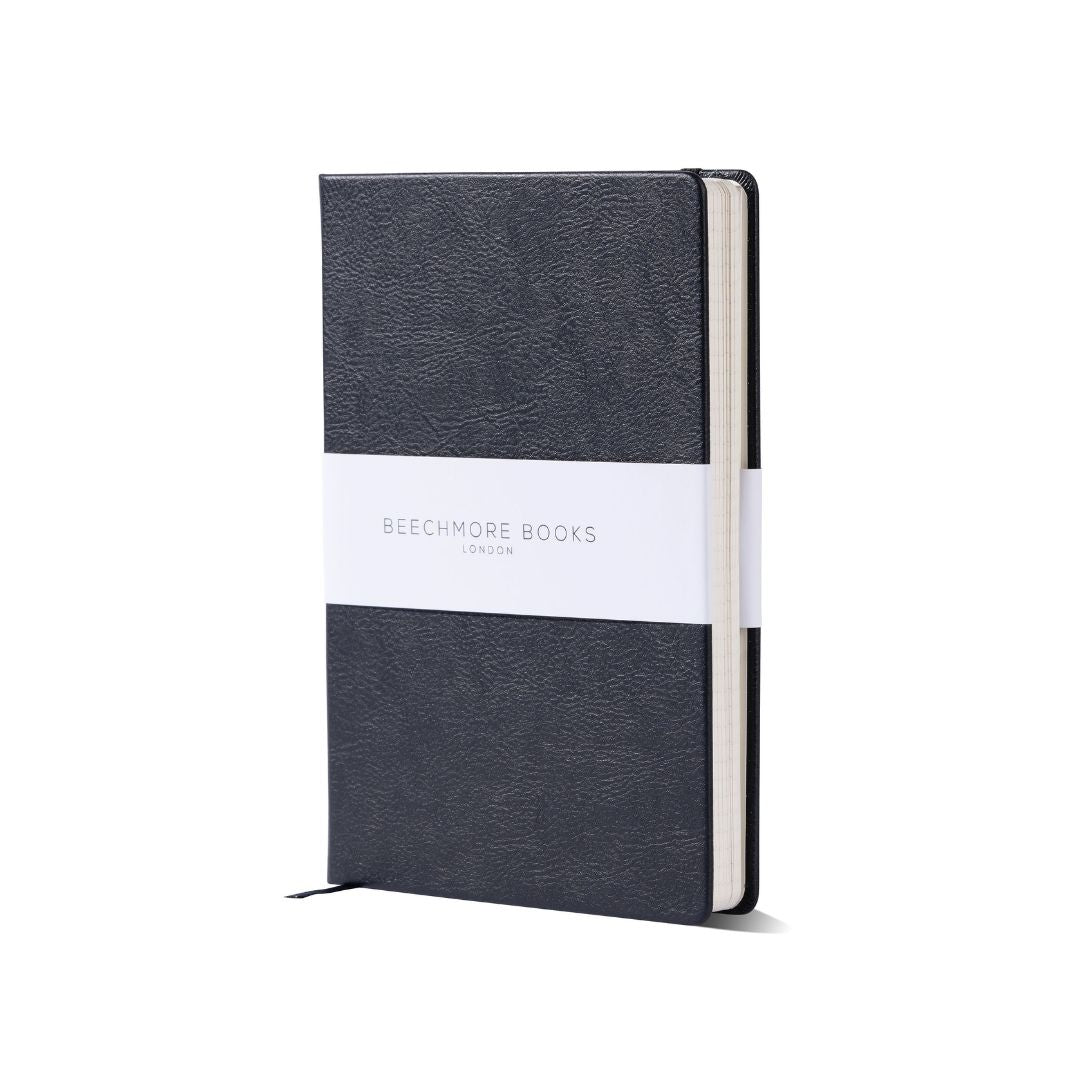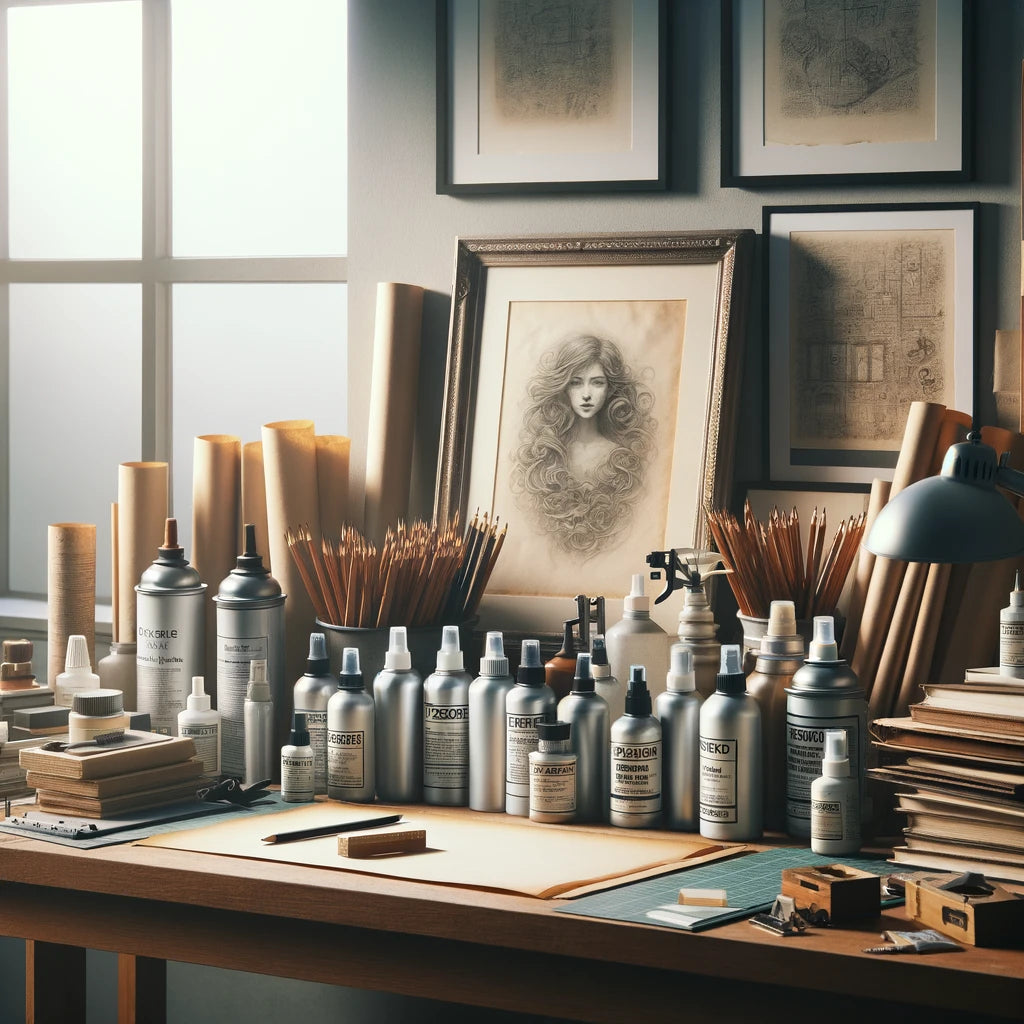You've poured your heart into a watercolor masterpiece, and now you want to make sure it lasts a lifetime. I get it. Sealing your painting is the key to preserving those vibrant colors and delicate brushstrokes. But with so many options out there, where do you even start?
I've been there, my friend. I've stood in the art supply store, staring at the rows of varnishes and fixatives, wondering which one will do the trick. Well, I'm here to tell you that sealing your watercolor painting doesn't have to be a mystery. In fact, it's pretty darn simple once you know the secrets.
So, grab your brushes and let's get started on this journey to making your watercolor creations last forever. Trust me, your future self will thank you.
Table of Contents:
- What Is the Best Way to Seal a Watercolor Painting?
- How to Choose the Right Sealer for Your Watercolor Painting
- Step-by-Step Guide to Sealing Your Watercolor Painting
- Tips for Storing and Protecting Your Sealed Watercolor Painting
- Common Mistakes to Avoid When Sealing Watercolor Paintings
- Conclusion
What Is the Best Way to Seal a Watercolor Painting?
I've been painting in watercolor for several years and successfully monetized selling my work through Etsy and my own website. In all honesty, I've never thought it a priority to seal my watercolors. However – it's worth knowing how to seal a watercolor painting, as the colors do fade with time.
Like me, you might have several piles of discounted work, bad paper choices, and mistakes, which would be a waste of money to protect, but If you plan on storing your work for the long term – you should seal your watercolor artwork to give it some longevity. Artworks are valuable items; they may not feel like when you shoot out your fourth sunflower in 2 days because it's calling to you. Each one is missing something — especially when you've put extra effort into achieving breathtaking work.
You couldn't believe that you were able to create a fine piece of art. For this reason, you'll search for the best ways to keep artwork longer. Sealing is essential — primarily with watercolor paintings, and this method helps artists sell better and high-quality output. After all – one day soon, someone will want to pay you for your creativity, and the last thing you want is to offer a faded painting because you didn't take the time to seal it.
The longevity of an artwork does not just depend on the quality of art mediums you use; it's always good to get into a good maintenance habit after the painting process. The last stroke of your paintbrush isn't the final step towards better results.
Importance of Sealing Watercolor Paintings
There are good reasons for sealing your watercolor painting –
- It prevents further damage to the painting, such as running and smearing
- It helps keep the colors honest and original in the long term
- Often increases the color vibrancy of watercolour paintings, which can be prone to atmospheric nasties
Framing will sometimes not be sufficient to protect your best work in the best way possible. This also will protect your watercolor artworks from any liquid, especially those you'll be selling or displaying in a gallery; it will also keep off those fingerprints. It's an easy process that won't take too much of your time — a good idea to provide utmost care and maintain the beauty of the watercolor artists' work. Imagine what a state those ancient watercolor artworks would be in if the artist didn't bother to protect them for the future.
Liquids aren't the only damaging factors to watercolor paintings — you must also protect against UV rays. This means keeping your masterpiece out of direct light as much as possible. Sunlight exposure can make vibrant colors fade out. Most watercolor artists choose a UV-resistant clear coat spray — it's best to seal the painting on paper for better results.
Watercolor pigments are permanent, but colors can change over the years. You can seal a watercolor painting with either a fixative or a varnish coating. Both are popular options and easy to achieve. Wait for the painting to dry completely before beginning. With both of these options, you should use two or more coats of protection. Things to note – some will make your watercolors more vibrant and produce a shine that will protect your painting from some water splashing. Others will darken your colors over time and be more suitable for paintings that are to be finally framed.
Firstly – you'll want to use high-quality watercolor paints and good-quality watercolor paper. These will get good results from the offset and help maintain the quality. There are different ways to seal and protect watercolor paintings — the choice of sealers depends on your art medium. Here are a few ways to protect your artwork.
Preparation and Techniques for Sealing
Set up your artwork on an acid-free mat board to ensure a long-lasting color vibrancy. Wood pulp is the primary material for creating acid-free mat boards. The sheets provide a protective envelope for paintings easily ruined by contaminants, altering the paper's chemical composition. You can use filtered or acrylic glass sheets to prevent UV rays. It might be easier to frame watercolor paintings instead, especially for larger pieces that may prove difficult to frame straight away.
Aside from harmful UV rays, these types of glass cases can lessen the exposure to acids and any chemicals, making them slightly water resistant since — prevention is better than cure. Acrylic frames are much more durable than regular glass, making the material a better protection choice. The glass is light but tough to break, and acrylic glass does not just protect the watercolor painting from the sun. Still, it is an excellent alternative to keep costs down.
How to Choose the Right Sealer for Your Watercolor Painting
If not protected, your painting will be prone to dirt, dust, and pollution. A varnish can keep those elements away from your painting — making it easier to maintain the original look of your artwork. Before you run out and buy varnish, remember that a varnish usually needs to be painted on in light coats at least twice. No big deal, except you, don't want to ruin your painting by smuggling the paint. However, if you're going to display your watercolor canvas open with no protection on Canvas – then it's a good option. This will give it good protection from dust and finger marks.
Watercolor artists use matte or high gloss varnish. However, it would be best to be mindful of how much varnish coat you will apply to the painting. One coat of matte varnish is already enough; otherwise, it will create a frosty finish to the art surface. You can use both types of varnish — a high gloss varnish for the first coat and matte varnish for the finishing touch. There are different kinds of varnish perfect for various art media.
They all work the same way – apply a thin coat and see what you are left with before going in for a second coat. You can always add more later once you are happy it's in position.
Factors to Consider When Selecting a Sealer
You can choose from:
- Satin Varnish: This time is a must-have for acrylic paintings — usually used as a top coat for the artwork. It provides a mid-sheen finish to the artwork and is removable. Satin varnish can protect paintings from UV rays.
- Polyurethane Varnish: A liquid coating gives a clear finish and is a type of resin. Polyurethane Varnish works on any woodwork. You can also apply it over paint, but it can change the color — be extra mindful if you use polyurethane varnish.
- Mod Podge: Applying coats of mod podge is a good idea for a sealer once the watercolor artwork is fully dry. Mod Podge is a multifunctional art supply — which you can utilize as glue, sealer, or varnish, and it's a must-have to your stock of art supplies. You can apply coats of mod podge on paper and fabric — it works on any surface. The added advantage is that many creatives have a handy bottle of this knocking around, but don't be tempted – you need the spray stuff for a good result. You can't scrap off any lumps from brush strokes later.
Popular Sealers for Watercolor Paintings
Other ideas you might want to try:
- UV Resistant Clear Coat Spray: The clear coat spray acts as a sunblock for watercolor paintings. Direct sunlight can deteriorate the pigment of your artwork — causing paper brittleness. Still, a UV-resistant clear coat spray provides a clean and glossy finish.
- Aerosol Archival Varnish: Two equal coats of aerosol archival varnish are enough to avoid the watercolor paint smudging — mainly when it's on paper. On the other hand, spray three even coats of aerosol archival varnish on the artwork's surface on the absorbent ground.
Pros and Cons of Different Sealers
Is there a fixative specifically for watercolour? You bet there is; try Schmincke Watercolour Fixative Spray, which is a must-have. Especially for watercolor artists that rely on fixative sprays as a sealer. Now, what is the difference between varnish and a fixative spray? Varnish amplifies the painting's colors' vibrancy — it leaves a glossy or matte finish to the artwork and seals the painting away from contamination.
Moreover, varnish can make an artwork scratch-resistant, and some artworks require multiple coats of varnish. For this reason, drying time depends on how many coats of varnish you will apply to the painting. Be cautious when trying this – it should be perfectly dry before you add a second coat. On the other hand, a fixative spray fixes an artwork and preserves the watercolor painting's pigment. Use a fixative spray to avoid smudges — especially if a paper is freshly painted with watercolor.
Fixatives are recommended for artworks made from graphite, mixed media, pastel, and charcoal. The drying time of a fixative spray is around 30 minutes. The advantage of fixative sprays is that you can apply very fine thin coats and don't need a spray gun.
Step-by-Step Guide to Sealing Your Watercolor Painting
Yeah – I heard it too, just spray on the hairspray, and that should do it. If it serves the purpose for now – I'd say try it. I would advise against this if you are doing botanical artwork that you have painstakingly taken weeks or months to create since it's not worth saving a few pennies. You don't know how the hairspray will react with the paper long term, color my react too – and I'd also be worried the hairspray might turn brown in the sun. Having said that, it is probably a cheap alternative if you have no option. I would never recommend nail polish, though, as these contain lots of chemicals and will not make your picture water resistant.
Preparing Your Painting for Sealing
Aside from sealing, there are other methods to secure your painting — easily keeping it away from harmful elements. You can choose from one of these protection strategies listed below:
- Flat Surface: Properly store watercolor paintings by setting them horizontally on a flat surface. It is not wise to roll the artwork on the tube — as it might alter the art quality. Furthermore, a rolled-up watercolor painting will be more exposed to humidity — another factor that ruins an artwork.
- Don't Opt for Plastic Sleeves: Plastic sleeves are optional — mainly when you use them as storage for a couple of days. Ensure that the plastic sleeves you will use are acid-free. But, this storage method is not commendable for years. The material can cause condensation — certainly not the best way to keep the artwork away from liquid.
- Frame Watercolour Paintings: Protect your watercolor art from dust and moisture by keeping it inside a frame. Watercolor paper is sensitive to its surroundings — too much exposure can quickly ruin the material. Pigments may change and lose vibrancy, and it can also result in paint breakage and paper brittleness.
You can wrap watercolor works on glassine sheets — the material is translucent and acid-free. Glassine sheets can be a storage for other types of artworks like drawings and photographs. Ensure that you enclose each corner — to avoid dust, oxygen, and sunlight getting in touch with the paint. Store your artworks in a file box after wrapping them with glassine sheets. It is advisable to keep paintings horizontally in file boxes. Another good thing about file boxes is that they can hold large canvas artworks — protect paintings of any size. It's also best to attach labels to your paintings — making it easier to find the document you need at the moment.
Drying and Curing Time
Creating an excellent piece of artwork is a different matter from maintaining colors for a long time. Displaying the watercolor painting should be meticulously done — paintings are great investments. For this reason, it's wise to prevent colors from fading — keep in mind the following tips and tricks for a long-lasting vivid piece of artwork.
Applying Multiple Coats
Again, suppose you do not use sealers for UV protection. In that case, storing watercolor paintings in places with little to no sun exposure is advisable. If not possible, you must keep the painting inside clear glass to ensure that you use filtered glass made for UV protection. Most filtered glasses can block 97% of UV rays — mainly when made with ultraviolet acrylic glazing. Make it a habit to buy acid-free paper whenever you visit your favorite art supply store. The surface of a regular paper can turn yellow in time — affecting the painting's colors and making it fade away.
It's always beneficial to start your new painting with the best watercolor paper you can afford. Be mindful of the changes in humidity inside the room you are keeping your artwork. Avoid frequent temperature fluctuations. Ensure consistency in temperature and humidity. Galleries keep each area cold — humidity is maintained between 50%-65%. Place wooden fillets in between the artwork and glass. 2mm is the minimum space to preserve the colors in watercolor art. Final thoughts on how to seal a watercolor painting – Try out different sealing methods to find the one that is most effective for your budget and style of painting. Sealing also depends on how you intend to use your artwork, as it's not worth spending a lot of money If your paintings never see the light of day. Use lighter coats of any sealant or fixative first and see how it works before spending more money.
Your artwork can be your source of income in the future. It's best to keep the artwork for a long time as you might come across an opportunity — to treasure your most remarkable works. You'll never know when you'll get a chance to exhibit them in a gallery or sell a painting as a vintage item. You can read more helpful posts on watercolor below:
Bye for now
Sealing your watercolor paintings not only boosts their color and vibrancy but also protects them from UV rays, moisture, and dust. From choosing the right sealer like varnish or a fixative to applying it correctly, every step matters for preserving your artwork's beauty. Remember, proper preparation before sealing can make all the difference in maintaining the longevity of your pieces.
Tips for Storing and Protecting Your Sealed Watercolor Painting
You've poured your heart and soul into your watercolor masterpiece, meticulously sealing it to perfection. But the journey doesn't end there, my friend. Proper storage is key to ensuring your precious painting stands the test of time. Trust me, I've learned this the hard way.
Proper Storage Conditions
First things first, let's talk storage conditions. You'll want to store watercolor paintings flat in a cool, dry place. Avoid direct sunlight like the plague - it's the nemesis of vibrant colors. Extreme temperatures and fluctuations? They're a big no-no. Aim for consistency to keep your painting happy and healthy. Now, let's dive into framing. Even with a sealed painting, it's crucial to use a mat board between the painting and the glass. This creates a protective barrier against moisture damage. When it comes to framing materials, don't skimp on quality. Opt for archival-grade options that won't deteriorate over time. Museum glass with UV protection is the crème de la crème for shielding your masterpiece from light damage.
Protecting from UV Light and Temperature Changes
UV light is the silent killer of watercolor paintings. Even with a protective varnish, prolonged exposure can lead to fading and damage. The solution? Hang your framed paintings away from direct sunlight and consider investing in UV-blocking glass. Temperature and humidity fluctuations are another enemy to watch out for. Avoid hanging your painting in areas prone to these changes, like bathrooms or near heating and cooling vents. Consistency is key to preserving the integrity of your artwork.
Common Mistakes to Avoid When Sealing Watercolor Paintings
In my years of working with watercolors, I've seen my fair share of sealing blunders. Let's talk about some common mistakes to avoid, shall we? Picture this: you're eager to seal your painting, but you make the rookie mistake of applying the varnish on a damp surface. Big oops. This can trap moisture, leading to a host of issues like mold, mildew, or warping of the watercolor paper. The same goes for starting with a dirty surface. Dust and debris can get trapped under the sealant, ruining the smooth finish you worked so hard to achieve. Trust me, it pays to be patient and wait for your painting to be completely dry and clean before sealing.
Using Incompatible Sealers
Not all sealers play nice with watercolors. Using the wrong type can lead to discoloration, smudging, or even damage to your precious painting. It's crucial to do your research and choose a sealer specifically designed for use with watercolor paints and paper. When in doubt, always do a patch test on a small, inconspicuous area before committing to the entire painting. Better safe than sorry, right?
Overworking the Sealer
It's tempting to go overboard with the sealer, thinking more is better. But hold your horses. Applying the varnish too thickly or going over the same area repeatedly can lead to brushstrokes, bubbles, or an uneven finish. The key is to work in thin, even layers and resist the urge to overwork the product. Spray sealers can be especially tricky, as they're prone to drips and puddles if the can is held too close to the painting surface. Take your time, and remember that slow and steady wins the race.
Seal your watercolor painting right and store it smartly to keep it looking fresh for years. Keep paintings flat, dodge direct sunlight, and use quality framing materials. Avoid sealing mishaps like damp surfaces or the wrong sealer type. Patience and attention to detail are your best friends here.
Conclusion
Sealing your watercolor painting is like giving it a big, protective hug. You've learned the importance of choosing the right sealer, prepping your painting, and applying those coats with finesse. It's not rocket science, but it does take a little know-how and some TLC.
Remember, a well-sealed watercolor painting is a happy painting. It can withstand the test of time, surviving the occasional coffee spill or curious toddler's fingers. Plus, it just looks darn good.
So go forth, my fellow watercolor enthusiasts, and seal those paintings with confidence. Your masterpieces deserve to be admired for years to come. And who knows, maybe one day they'll be hanging in a fancy museum, all because you took the time to seal them right.


